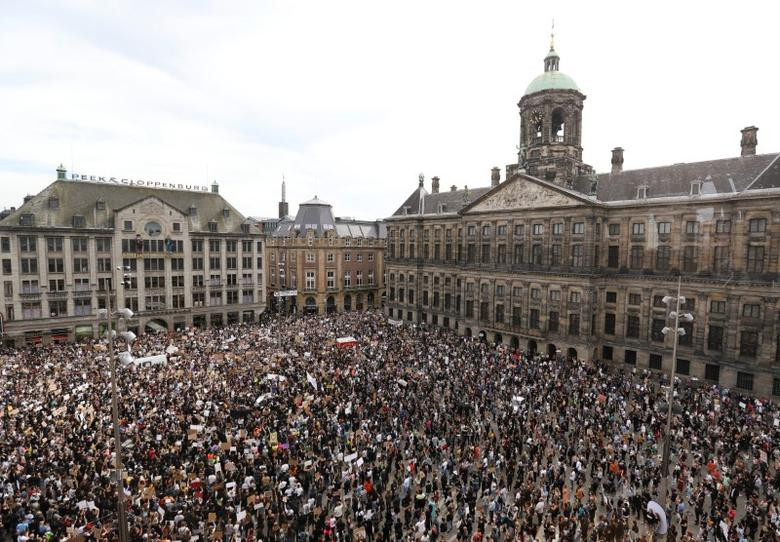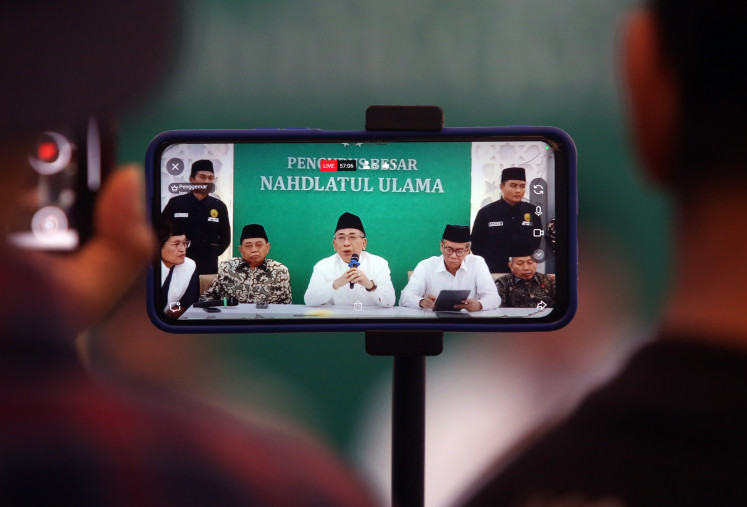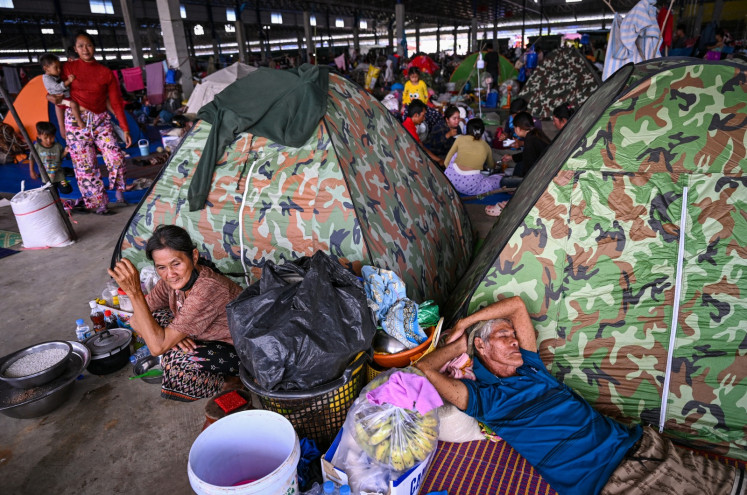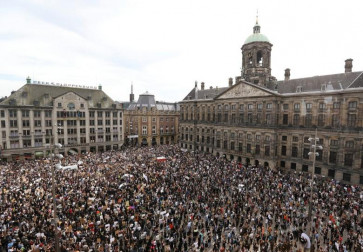Popular Reads
Top Results
Can't find what you're looking for?
View all search resultsPopular Reads
Top Results
Can't find what you're looking for?
View all search resultsPPI Belanda and the coloniality within
Coloniality survives colonialism and is now all around in our modern/colonial institutions (the state, universities, museums), in our minds, in our ways of being, and in our perception of the world around us.
Change text size
Gift Premium Articles
to Anyone
A
mid the various discussions and debates around Dutch colonialism and the question of sincerity behind the words of apology from the Dutch government for the violence committed during their colonial administration of present-day Indonesia (see “The Dutch are not guilty of war crimes in Indonesia?”, The Jakarta Post, Feb. 22, 2023), it is equally important to reflect on our own positions as Indonesians, particularly Indonesian intellectuals on this matter.
In fact, checking our stance on Dutch colonialism is rather urgent, if the recent Instagram reel released by the Indonesian Students Association in the Netherlands, (PPI Belanda), on the Royal Palace of Amsterdam can be taken as an indicator of whether or not Indonesian intellectuals take colonialism seriously.
PPI Belanda, historically a political association of young Indonesian intellectuals studying in the Netherlands, was an important part of the Indonesian anti-colonial movement that contributed to the birth of the Indonesian nation-state. Although over time the political awareness of PPI Belanda, in general, has been eroded, the reel released on Feb. 23 should be of urgent concern to us.
Presented as a part of PPI Belanda’s series of museum visits introducing various museums in the Netherlands, the caption of the reel freely translates to “Curious about what the palaces of the Kingdom of the Netherlands look like? This time we had the opportunity to visit the Royal Palace of Amsterdam”.
Through the reel the audience is invited to appreciate the Royal Palace of Amsterdam while listening to Mozart's Violin Sonata No. 26. As the camera takes us on a quick tour of the palace in all its modern/colonial glory, the audience is further introduced to the palace through texts describing the palace and its history.
While the rest of the texts are relatively unproblematic: Explaining when the museum was built and how its use has changed over time while also providing a brief description of the palace's interior, one text, in particular, draws attention. It says, “Seluruh lukisan dan pahatan/patung yang ada di istana ini simbol dari pemerintahan yang solid, bertanggung jawab, adil dan juga tentang perniagaan” (All paintings and sculptures/statues in this palace are symbols of a solid, responsible, and just government, as well as of trade).
There are at least two points to raise regarding this statement. First, to describe Dutch colonial rule as solid, responsible and just government is at the very least ignorant. If the Dutch colonial rule was indeed solid, responsible and just, why did the Indonesian founding fathers, including Mohammad Hatta, onetime chairperson of PPI Belanda, bother giving their all when they insisted on “Merdeka ataoe mati!” (Freedom or death!)? If that was the case, why did we bother to demand justice for victims of Dutch colonial violence, from Jan Pieterszoon Coen to Westerling, to mention but two?



















